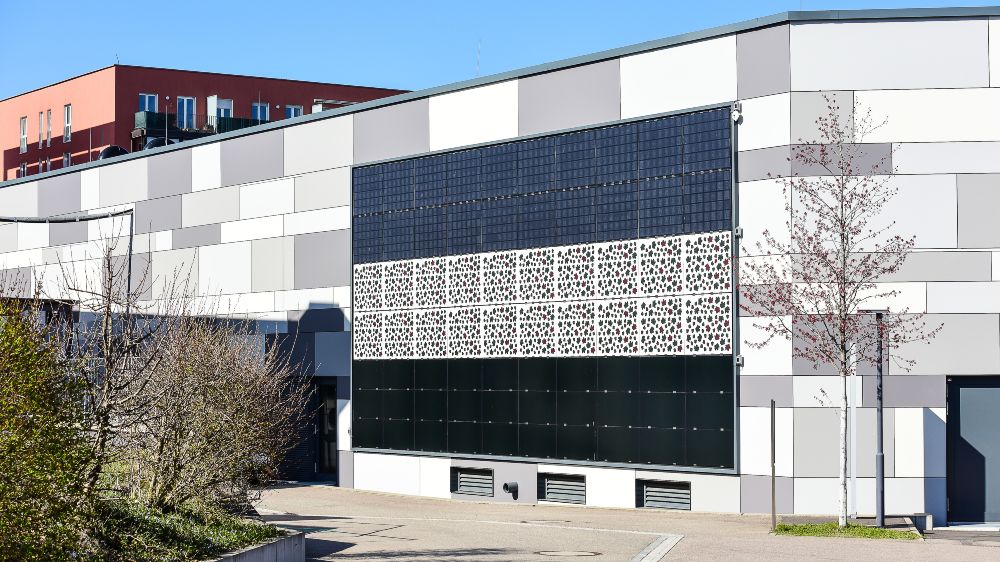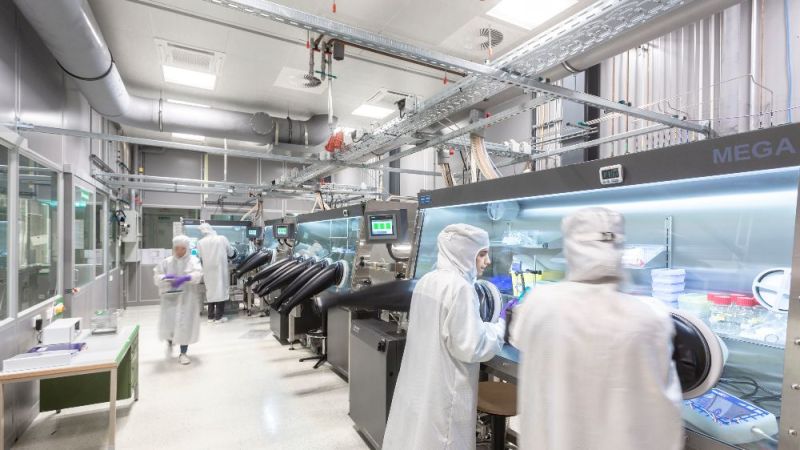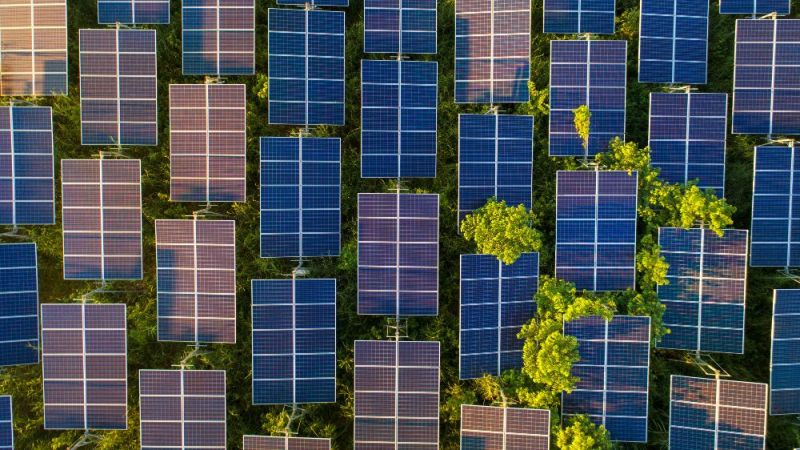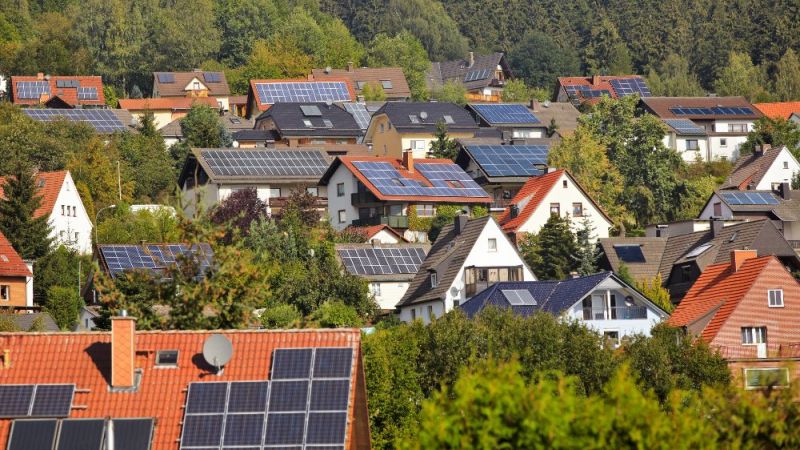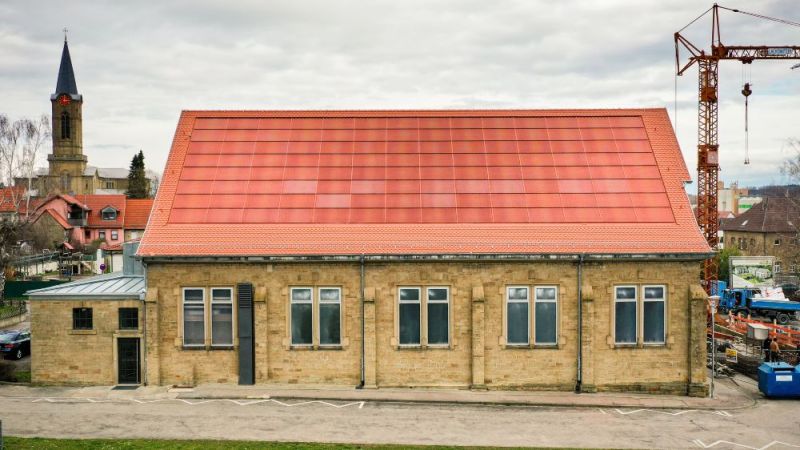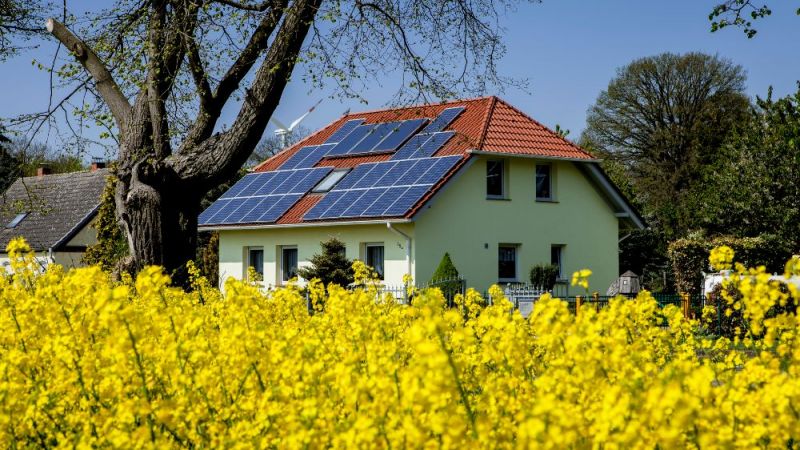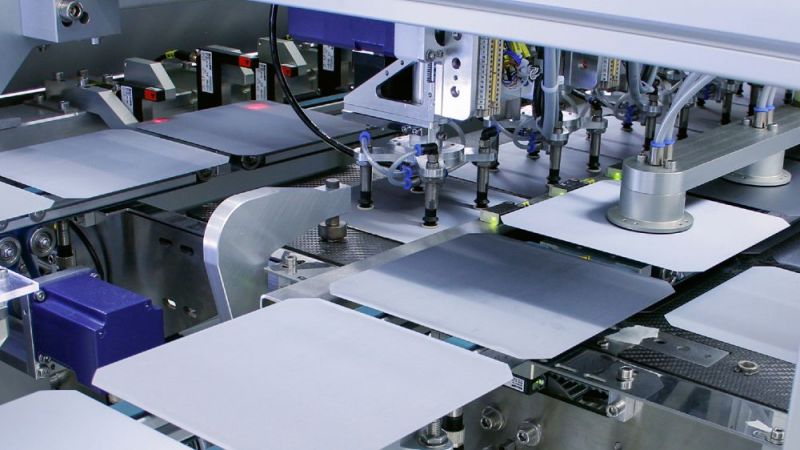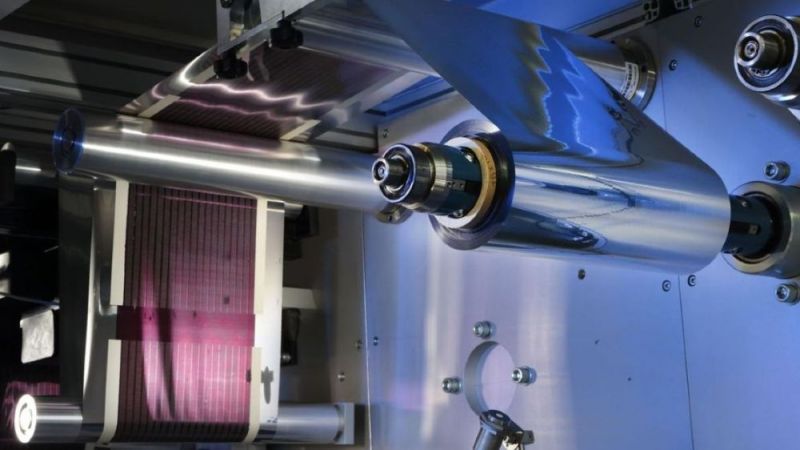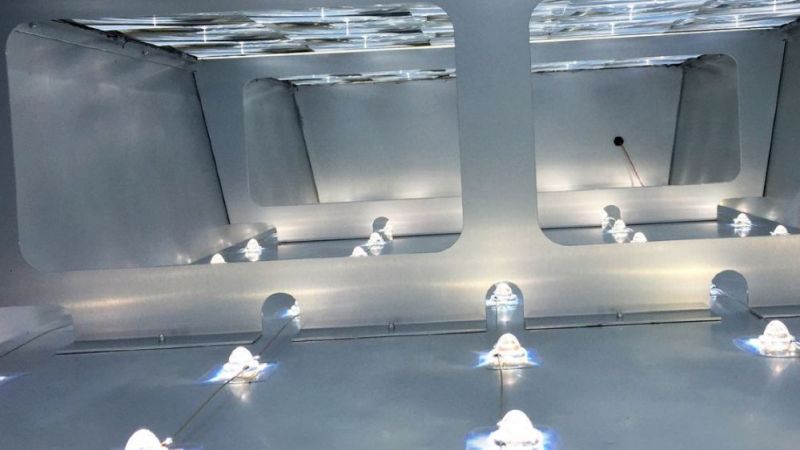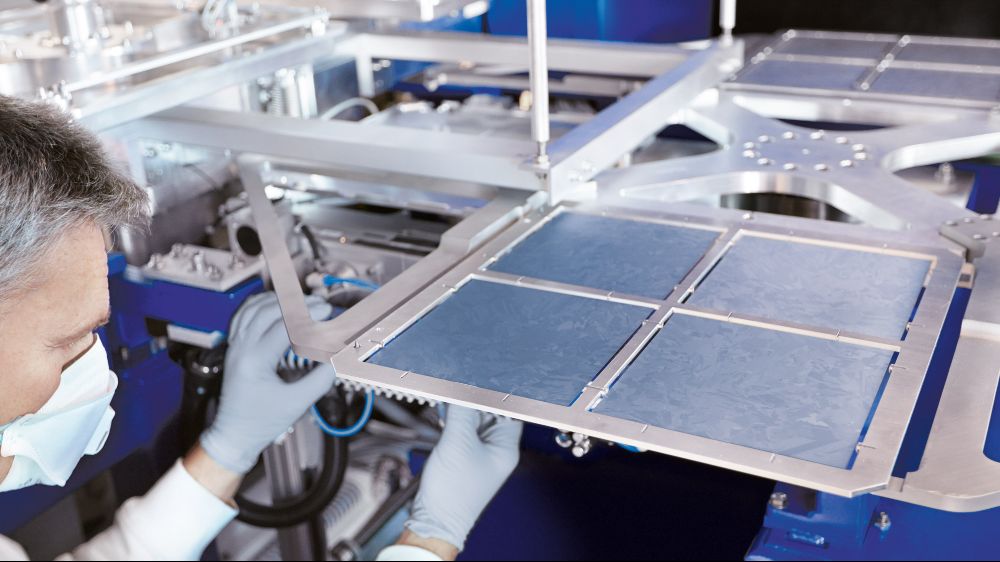
Photovoltaics
Companies and institutes are continuously working on further reducing the costs of photovoltaic production whilst increasing the quality and efficiency of cells and modules. In 2022, the German Federal Ministry for Economic Affairs and Climate Action (BMWK) approved 105 new photovoltaic funding projects within the framework of the 7th Energy Research Programme. In 2022, around 69 million euros were invested in 472 ongoing research and development projects.
In joint funding projects, industry and science set themselves concrete development goals. This reduces investment and operating costs, and increases finance options: In November 2020, for example, EnBW Energie Baden-Württemberg AG commissioned Germany's largest solar park in Brandenburg with 187 megawatts. The EnBW solar park Weesow-Willmersdorf is the first solar park in Germany to be built without EEG subsidies. Together with the two smaller solar parks in Alttrebbin and Gottesgabe, which EnBW also implemented in neighboring communities in 2021 without state funding, a solar complex with an output of around 500 megawatts was created. Both plants started feeding electricity into the grid at the beginning of 2022.
IRENA, the international agency for renewable energy sources, has documented the development of the past decade in its report "Renewable Power Generation Costs in 2019": According to this, the cost of generating power from photovoltaics fell by 82 per cent between 2010 and 2019. The costs are more and more frequently below those for the generation of power from fossil fuel-fired power plants.
And the International Energy Agency (IEA) also points to the importance of photovoltaics in its report "Net Zero by 2050 - A Roadmap for the Global Energy Sector" from the beginning of 2021: "Increasingly cheap electricity from renewable sources is crucial for a global CO2-free energy system. The path outlined by the IEA requires a rapid scaling up of solar and wind energy capacity before the end of this decade."
240 gigawatts added worldwide in 2022
The decreasing costs are reflected in the expansion figures. Both nationally and internationally, power from photovoltaics has a large share in today's energy provision. Around 11 per cent of the power that reached German consumers in 2022 came from photovoltaics. Data from the Renewable Energy Statistics Working Group indicate that the installed photovoltaic output in Germany increased from around 60.1 to 67.6 gigawatts in 2022. This puts expansion in 2022 at around 7.5 gigawatts slightly higher than in 2021, when around 5.7 gigawatts of new output was added. According to the International Energy Agency (IEA), around 240 gigawatts of photovoltaic output was added worldwide in 2022.
Developing new areas through integrated photovoltaics
The use of the technology is manifold: Small rooftop installations and large open space installations on fields are currently the best known areas of application. Further potential can be found in so-called integrated photovoltaics: Here the modules are built into surfaces. Building façades are particularly suitable for this. Sound-proofing walls, vehicles, watercourses and agricultural land can generally also be considered.
Crystalline silicon as the basic technology
Cells based on crystalline silicon as a semiconductor continue to be at the forefront of development. The current standard here is the so-called PERC technology, short for "Passivated Emitter and Rear Contact". Meyer Burger Ltd commissioned a new photovoltaic production facility in Freiberg (Saxony) in May 2020. Modules will be manufactured using an innovative heterojunction smartwire technology that, according to the company, offers advantages in terms of sustainability and performance.
With a view to the future, stacking cells are also a central topic of BMWi research funding. Two or more solar cells of different materials are stacked on top of each other. Crystalline silicon often serves as the base layer. Combining different semiconductor materials makes it possible to utilise a wider spectrum of sunlight. Each layer captures a different partial spectrum, thereby increasing efficiency. The efficiency indicates what percentage of the incident light energy can be converted into usable energy, meaning power.
Steep development curve for perovskites
Especially stacking cells with perovskites are close to series-production readiness. Perovskites are a semiconductor material that has only played a role in photovoltaic research since 2009. Research and development has resulted in a steep increase in the efficiency of cells made of silicon and perovskite in recent years.
In all research approaches it is important that new concepts can be transferred from the laboratory to industrial production processes. Plants that can be flexibly converted to different cell concepts and information and communication technology play an important part in this.


